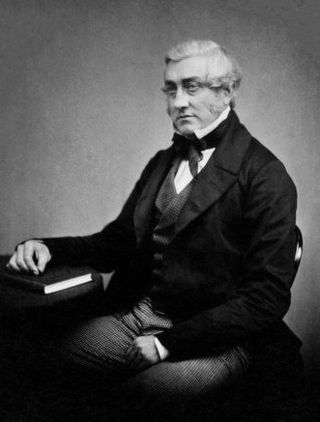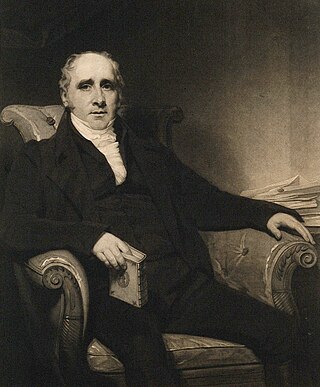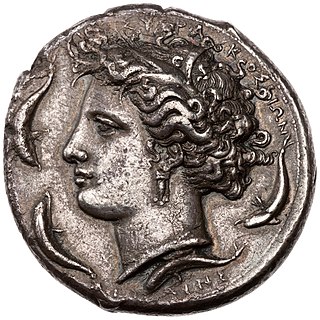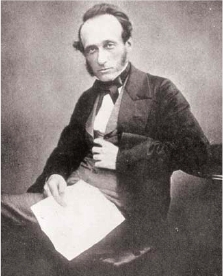
John Bostock, Jr. FRS (baptised 29 June 1773, died 6 August 1846) was an English physician, scientist and geologist from Liverpool. [1] [2]

John Bostock, Jr. FRS (baptised 29 June 1773, died 6 August 1846) was an English physician, scientist and geologist from Liverpool. [1] [2]
Bostock was a son of Dr. John Bostock, Sr. [2] He spent some time at New College at Hackney where he attended Joseph Priestley's lectures on chemistry and natural philosophy, [3] before graduating in Medicine at the University of Edinburgh [4] and practising medicine in Liverpool. He moved to London in 1817 where he concentrated on general science. [5] In 1819, Bostock was first to accurately describe hay fever as a disease that affected the upper respiratory tract. [6]
He lectured on chemistry at Guy's Hospital and was President of the Geological Society of London in 1826 when that body was granted a Royal Charter and Vice President of the Royal Society in 1832. [5]
Bostock died of cholera in 1846; [4] He is buried in the Kensal Green Cemetery, London.
Bostock was one of the first chemical pathologists. He was the first to realise the relationship between the diminution of urea in urine as it rose in the blood, while the albumin in the blood fell as that in the urine increased. [7] His most noted book, System of Physiology, appeared in 1824. [5] His only geological work was On the Purification of Thames Water which appeared in 1826. [5] He also collaborated with Henry Thomas Riley on a translation and annotation of Pliny the Elder's Natural History , which was published posthumously. [8]
He married Anne Yates and they had a daughter named Elizabeth Anne Bostock in 1817. She devoted her life to improving the supply of women's education. His wife outlived him and died in 1863. [9]

Myrrh is a gum-resin extracted from a number of small, thorny tree species of the genus Commiphora. Myrrh resin has been used throughout history as a perfume, incense and medicine. Myrrh mixed with posca or wine was common across ancient cultures, for general pleasure, and as an analgesic.

William Cullen FRS FRSE FRCPE FPSG was a Scottish physician, chemist and agriculturalist, and professor at the Edinburgh Medical School. Cullen was a central figure in the Scottish Enlightenment: He was David Hume's physician, and was friends with Joseph Black, Henry Home, Adam Ferguson, John Millar, and Adam Smith, among others.

Sir Cyril Astley Clarke, KBE, FRCP, FRCOG, (Hon) FRC Path, FRS was a British physician, geneticist and lepidopterist. He was honoured for his pioneering work on prevention of Rh disease of the newborn, and also for his work on the genetics of the Lepidoptera.

Alexander Monro III of Craiglockhart, FRSE FRCPE FSA (Scot) MWS, was a Scottish anatomist and medical educator at the University of Edinburgh Medical School. According to his detractors, Monro was an uninspired anatomist who did not compare with his brilliant father or grandfather as a teacher or scientist. His students included Charles Darwin who asserted that Monro "made his lectures on human anatomy as dull as he was himself."

Thomas Thomson MD was a Scottish chemist and mineralogist whose writings contributed to the early spread of Dalton's atomic theory. His scientific accomplishments include the invention of the saccharometer and he gave silicon its current name. He served as president of the Philosophical Society of Glasgow.

Dentifrices, including toothpowder and toothpaste, are agents used along with a toothbrush to clean and polish natural teeth. They are supplied in paste, powder, gel, or liquid form. Many dentifrices have been produced over the years, some focusing on marketing strategies to sell products, such as offering whitening capabilities. The most essential dentifrice recommended by dentists is toothpaste which is used in conjunction with a toothbrush to help remove food debris and dental plaque. Dentifrice is also the French word for toothpaste.

Henry Bence Jones FRS was an English physician and chemist.

Sir John Forbes FRCP FRS was a distinguished Scottish physician, famous for his translation of the classic French medical text De L'Auscultation Mediate by René Laennec, the inventor of the stethoscope. He was physician to Queen Victoria 1841–61.

Arthur Hill Hassall was a British physician, chemist and microscopist who is primarily known for his work in public health and food safety.

Thomas Charles Hope was a British physician, chemist and lecturer. He proved the existence of the element strontium, and gave his name to Hope's Experiment, which shows that water reaches its maximum density at 4 °C (39 °F).

In Greek mythology, Arethusa was a nymph who fled from her home in Arcadia beneath the sea and came up as a fresh water fountain on the island of Ortygia in Syracuse, Sicily.

Philip Henry Pye-Smith FRS FRCP was an English physician, medical scientist and educator. His interest was physiology, specialising in skin diseases.
The Goulstonian Lectures are an annual lecture series given on behalf of the Royal College of Physicians in London. They began in 1639. The lectures are named for Theodore Goulston, who founded them with a bequest. By his will, dated 26 April 1632, he left £200 to the College of Physicians of London to found a lectureship, to be held in each year by one of the four youngest doctors of the college. These lectures were annually delivered from 1639, and have continued for more than three centuries. Up to the end of the 19th century, the spelling Gulstonian was often used. In many cases the lectures have been published.
Charles Combe FRS M.D. (1743–1817) was an English physician and numismatist.

Dr Alexander Tweedie FRS was a Scottish physician and writer.

Robert Warington FRS was an English chemist considered the driving force behind the creation of the world's first enduring chemistry society, The Chemical Society of London, which later became the Royal Society of Chemistry.
Edward Latham Ormerod, FRS, MD was an English physician and amateur entomologist.

John Thomson FRS FRSE PRCPE (1765–1846) was a Scottish surgeon and physician, reputed in his time "the most learned physician in Scotland". He was President of the Royal College of Physicians of Edinburgh from 1834 to 1836.
Elizabeth Anne "Eliza" Bostock was a British promoter of women's education. She became a trustee at Bedford College after attending lessons there herself. At the time Bedford College was one of the few places where women might receive something approaching university level education. Bedford College was said to be the first British institution run by women and Bostock was the "honorary principal".